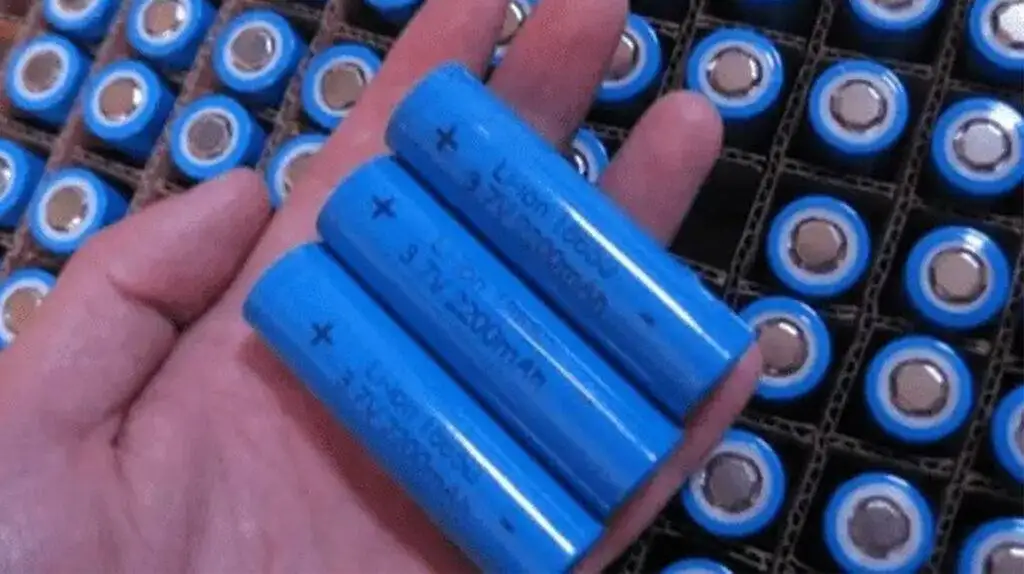Charging lithium polymer (LiPo) batteries without a dedicated charger can be risky but may be necessary in emergencies. Understanding the characteristics of these batteries and the potential dangers involved is crucial. This guide outlines alternative charging methods, safety precautions, and best practices for maintaining your LiPo batteries.
What Are LiPo Batteries and Their Characteristics?
LiPo batteries are rechargeable lithium-ion batteries known for their lightweight design and high energy density. Key characteristics include:
- Voltage Range: Typically, each cell has a nominal voltage of 3.7V.
- Capacity: Available in various capacities, making them suitable for different applications, from drones to e-scooters.
- Discharge Rates: Capable of high discharge rates, making them ideal for high-performance devices.
Chart: Key Specifications of LiPo Batteries
| Feature | Specification |
|---|---|
| Nominal Voltage | 3.7V per cell |
| Capacity | Varies (e.g., 500mAh to 10,000mAh) |
| Discharge Rate | High (up to 100C or more) |
| Weight | Lightweight |
Why Is It Important to Use a Dedicated Charger for LiPo Batteries?
Using a dedicated charger is critical because:
- Safety: Dedicated chargers are designed to monitor voltage levels and prevent overcharging, which can lead to battery swelling or fires.
- Battery Health: Proper charging helps maintain battery capacity and longevity.
- Compatibility: Chargers are tailored to the specific chemistry of LiPo batteries, ensuring optimal performance.
What Are Alternative Methods for Charging LiPo Batteries?
While using a dedicated charger is recommended, there are alternative methods available in emergencies:
- Using a Power Supply: A regulated power supply can be used if it matches the voltage requirements of your battery.
- Direct Connection to Another Battery: In some cases, connecting the battery directly to another charged battery (with caution) can provide enough voltage to start charging.
Chart: Alternative Charging Methods Overview
| Method | Description |
|---|---|
| Power Supply | Use a regulated power supply |
| Direct Connection | Connect to another charged battery |
How Can You Charge LiPo Batteries Safely Without a Charger?
If you must charge without a dedicated charger, follow these guidelines:
- Monitor Voltage Levels: Use a multimeter to ensure the voltage does not exceed safe limits (typically 4.2V per cell).
- Charge in Small Increments: Charge slowly and check frequently to prevent overheating.
- Use Fireproof Bags: Always charge in fireproof bags or containers designed for battery charging.
What Safety Precautions Should You Take When Charging LiPo Batteries?
Safety is paramount when dealing with lithium batteries:
- Never Leave Unattended: Always supervise the charging process.
- Avoid Flammable Materials: Keep batteries away from flammable materials during charging.
- Inspect Regularly: Check for signs of damage or swelling before charging.
Chart: Safety Precautions Checklist
| Precaution | Description |
|---|---|
| Supervise Charging | Never leave batteries unattended |
| Keep Away from Flames | Avoid flammable materials nearby |
| Inspect Before Charging | Check for damage or swelling |
What Common Mistakes Should Be Avoided When Charging LiPo Batteries?
Avoid these common mistakes:
- Overcharging: Never exceed the recommended voltage; this can cause thermal runaway.
- Using Incorrect Chargers: Using chargers not designed for LiPo batteries can lead to dangerous situations.
- Ignoring Temperature Changes: Failing to monitor temperature can result in overheating.
Industrial News
The market for lithium polymer batteries is rapidly evolving with advancements in technology aimed at improving safety and efficiency. Manufacturers are focusing on developing smarter charging solutions that incorporate real-time monitoring systems, reducing the risks associated with improper charging practices. As electric vehicles and drones gain popularity, the demand for reliable and safe battery solutions continues to rise.
Redway Expert Insights
Understanding how to safely charge your lithium polymer batteries is crucial for both performance and safety,” states a Redway expert. “By following best practices and utilizing appropriate equipment, users can significantly reduce risks while maximizing battery life.”
FAQ Section
Can I charge my LiPo battery with a regular charger?
No, you should use a dedicated charger designed specifically for lithium polymer batteries.What should I do if my battery swells?
If your battery swells, stop using it immediately and dispose of it according to local regulations; do not attempt to charge it.How often should I check my battery during charging?
It’s advisable to check your battery every few minutes during charging, especially if using an alternative method.








